(Visited 4,121 times, 3 visits today)

Hatinh Langurs are black with a thin white line of fur over the upper lip that thickens at the corner of the mouth and extends to the cheeks, around the ears and down to the neck. They have a high pointed crest on the head and a long tail, that unlike the François’ Langurs, they hold in an arc over their back. Males and females vary in size with males weighing an average of 7.8 kilogram with an average head-body length of 56 centimeter and females average 6.8 kilogram with 55 centimeter head-body length. Females possess a distinctive ‘pubic patch’ of white fur and pale skin anterior to the callosities.
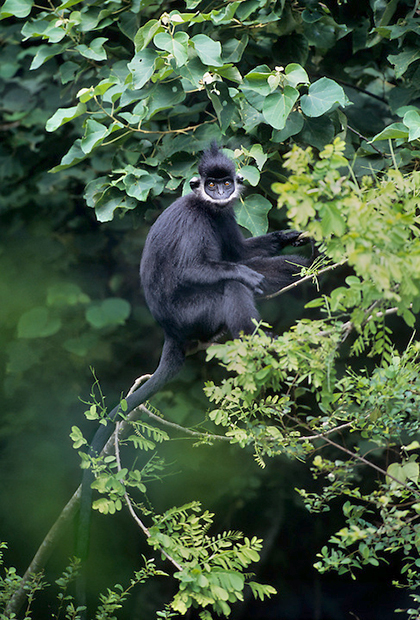
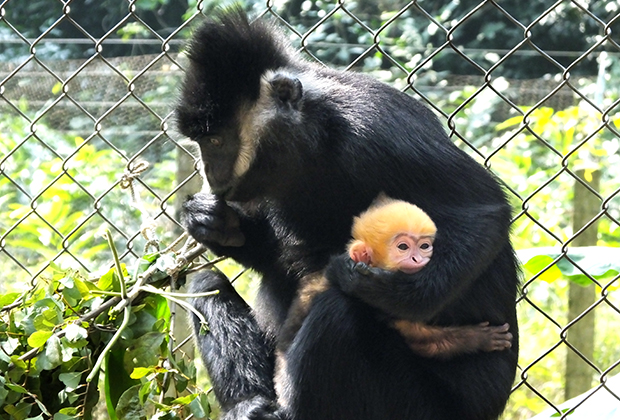
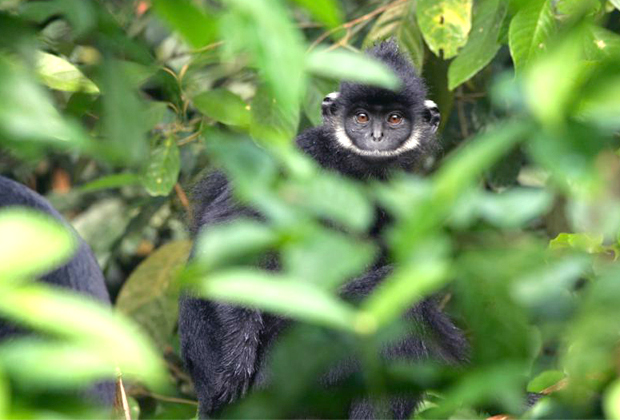
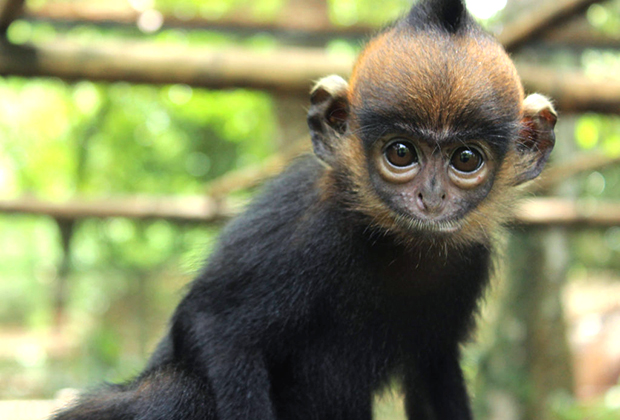
This species can be found in the western part of Quang Binh and Quang Tri Provinces in Vietnam and in the eastern part of Khammouan Savannakhet provinces in Laos. The total population of this species is unknown.
The Hatinh Langur lives in heavily forested limestone in Vietnam and steep rocky mountain slopes in Laos. They are highly folivorous, also feeding on lesser amounts of fruit, bark, and roots. Group size varies for location, but averages around 8 animals, with one adult male, multiple females, and offspring.
The species greatest threats are from hunting for meat and medicine.
In Vietnam, the species is listed as Endangered in the 2007 Vietnam Red Data Book and is protected by law under Decree 32/2006 ND-CP: 1B.
International trade must be controlled in order to avoid utilization incompatible with their survival.
EPRC has had great success in breeding this species and since 2015 has been active in the reintroduction of captive-bred animals in partnership with Green Viet.
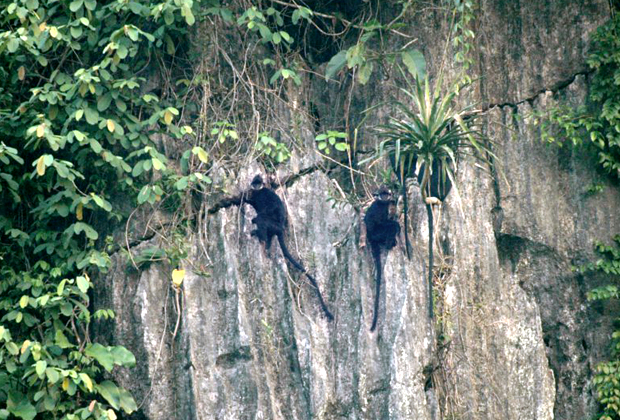
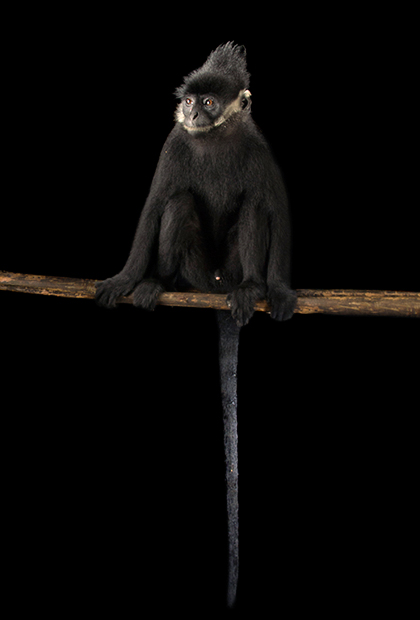

Established in 1993, EPRC is a not for profit project dedicated to the rescue, rehabilitation, breeding, research and conservation of Vietnam’s endangered and critically endangered primate species.
© Endangered Primate Rescue Center 2020
Website by MINIMUMMEANS